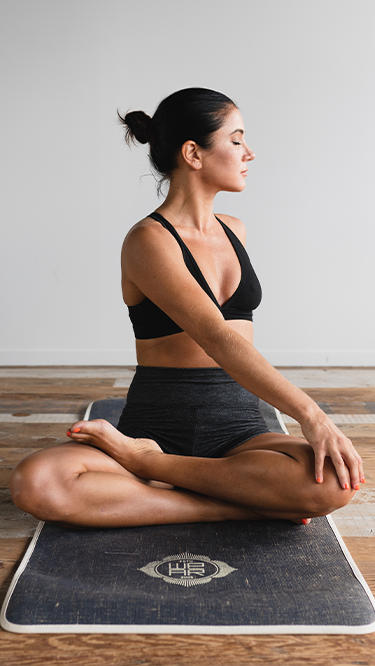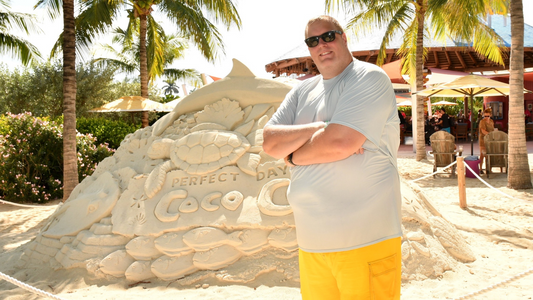

What Is an Active Rest Day?
What is an active rest day? Basically, it is a day you designate for rest and recovery from your regular workout routine, but you still engage in low-intensity activities rather than complete inactivity. An active rest day serves many purposes, such as promoting recovery, reducing muscle soreness, and helping you stay active without overexerting your body. Let ZOZOFIT show you how to get the most out of your rest day.
What Is an Active Rest Day? 5 Attributes
You have a lot of flexibility in how to handle active rest days once you understand what they're for.
1. Active Recovery
The idea of an active rest day is to keep your body moving without putting excessive stress on your muscles and joints. Active rest can help remove metabolic waste products from your body, repair your muscles, and reduce muscle stiffness.
2. Lower-Intensity Movement
Activities should be less intense than your typical workouts. For example, you should avoid high-intensity exercises, heavy lifting, and strenuous cardiovascular workouts.
What you can do are low-impact activities such as walking, gentle yoga, swimming, cycling at a leisurely pace, or light stretching. These activities are enjoyable and help improve blood flow and flexibility but do not stress your body like a regular workout does.
3. Better Overall Health
Suppose you try high-intensity workouts every day without complete rest days or active rest days. What might happen?
- New struggles with your normal workouts
- Reduced strength
- Subpar sleep
- Recurrent injuries
- Overuse injuries such as shin splints
- Excessive fatigue
- Stopped menstruation
These are all indicators of overtraining syndrome. To make sure you do not overtrain, aim for at least eight hours of sleep per night. Give yourself at least six rest hours between exercise sessions, and take one day per week for active or complete rest.
4. Mental Recovery
What is an active rest day, mentally speaking? It's not just about motion. You get a psychological as well as physical “pause” on these days. Doing different activities at a lower intensity level helps prevent burnout and maintains motivation for your fitness goals.
It is critical to listen to your body on active rest/recovery days. If you feel exceptionally fatigued or sore, you may want to engage in very gentle activities (gentler than you had planned) or rest completely. Overdoing workouts is a quick way to injuries and burnout.
5. At Least One Day a Week
If you train six or seven days a week, switch one of these workouts to an active recovery day. If you exercise three or four times a week, think about taking one or even two of your “off” days and turning them into active recovery days. You get to continue building fitness while not overexerting yourself.
As for whether to take complete rest days (as opposed to active rest/active recovery), listen to your body and your preferences. It’s important for many people to spend the occasional day completely relaxing and to get sleep that isn’t interrupted by early-morning or late-night workouts.
What Is an Active Rest Day? Track Your Progress
What is an active rest day? These days feature lower-intensity exercise instead of high-intensity workouts and are important to keep your body and mind in good shape. Active rest days help, not hinder, your progress. To track how you are doing, use the ZOZOFIT app with the ZOZOSUIT to see how your body transforms over time.

![zf-w-[168px] zf-h-[40px]](http://zozofit.com/cdn/shop/t/15/assets/logo-desktop.png?v=117713855448369080381753069598)


